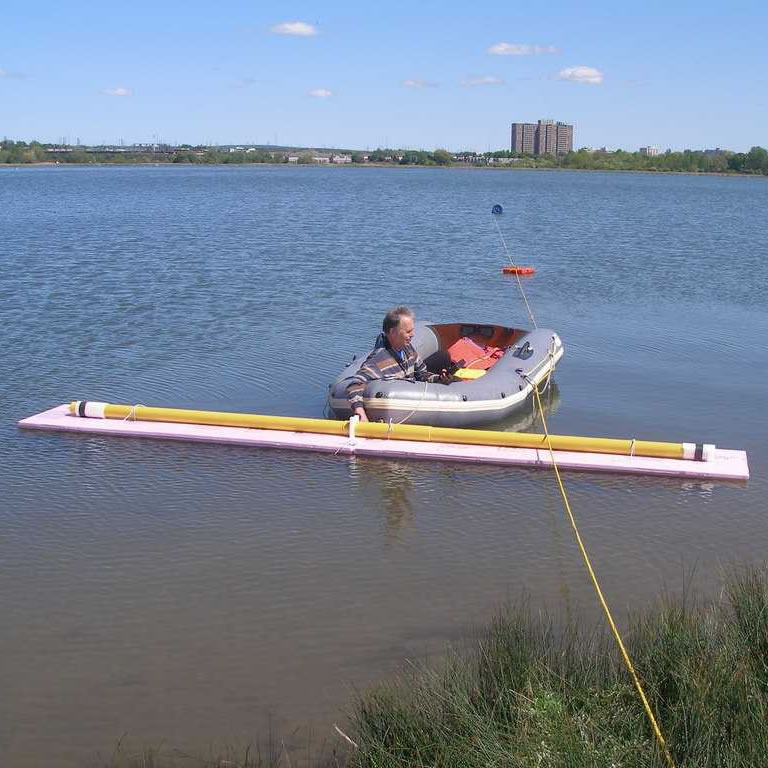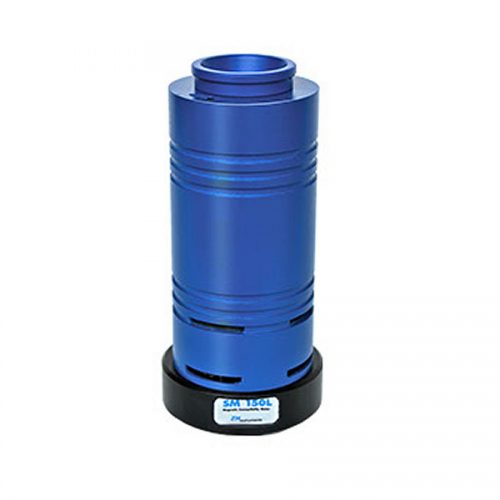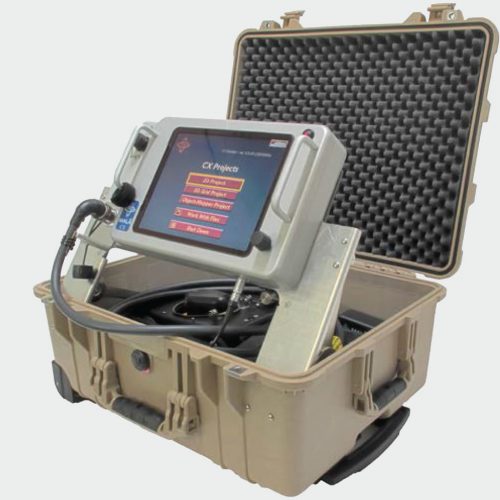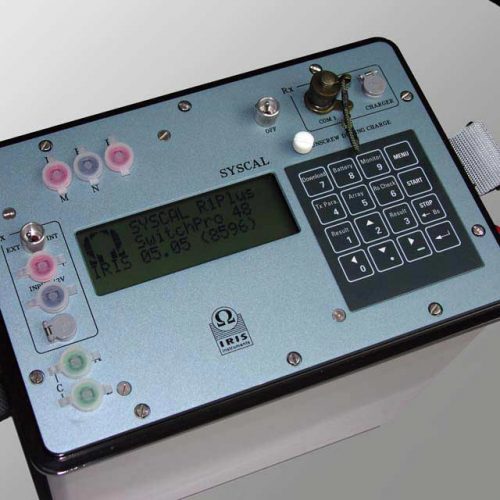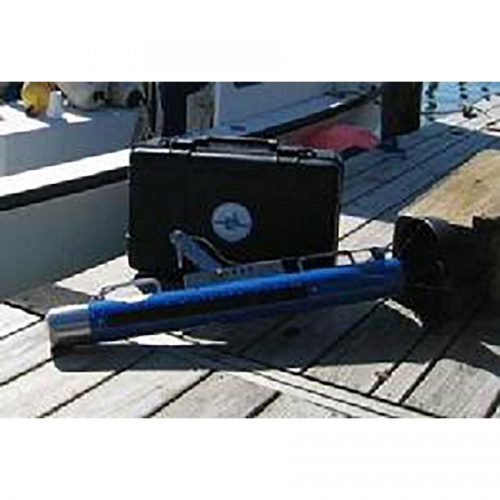Description
The DUALEM-421S has dual-geometry receivers at separations of 1-, 2- and 4-m from the transmitter, which provide six simultaneous depths of conductivity sounding, six simultaneous depths of susceptibility sounding, and detection of metal.
The variety of sounding depths makes the DUALEM-421S ideal for the analysis of the thickness, conductivity and susceptibility of layering in the top several metres of the earth. Towing on a sled optimizes spatial and geophysical resolution, but a low cart is also a suitable platform for surveying. The DUALEM-421S disassembles to form a DUALEM-21S.
DUALEM instruments (e.g. the DUALEM-1) incorporate a DUALEM sensor as well as an internal WAAS-enabled GPS receiver, a hand-held weatherproof display/keypad/power-supply, a carrying harness and stabilizing feet.
DUALEM sensors (e.g. the DUALEM-1S) incorporate one-, two- or three-sets of the patented DUALEM dual-geometry array. Each dual-geometry array simultaneously measures conductivity and susceptibility to two distinct and easily quantified depths. Multiple measurements enable the estimation of the conductivity, susceptibility and thickness in a layered earth. The sensors internally record electromagnetic responses, positioning coordinates and values for time, pitch, roll, voltage and temperature from internal monitors.
DUALEM instruments operate by electromagnetic induction, so no contact with the ground is needed. This enables surveying at moderate speed over rough, dry or non-conductive terrain. Terrain that has been surveyed using DUALEM instruments includes deserts, forests, volcanic flows, and multi-year ice.
DUALEM instruments are calibrated precisely and permanently at the factory using a patented technique, eliminating problematic ad hoc calibrations in the field. Precise calibration, base-level stability, high sensitivity and advanced digital signal processing give the instruments unmatched accuracy.
DUALEM instruments are complete systems for positioned surveys in terrain and weather that may be challenging. The harness allows them to be carried close to the ground at walking speed, and the stabilizing feet are convenient for station-by-station measurements. They are often mounted on a sled or cart, and can be deployed underwater in watertight housing.
DUALEM sensors can be used with the user’s own control and positioning systems. LED lights on the sensors indicate the status of power and serial communication. The sensors receive text commands through their serial port, and provide text output in either NMEA0183-standard or 4-line by 20-character format. As NMEA0183 is the standard for GPS communication, a variety of GPS loggers and software can record DUALEM measurements and integrate them with GPS positions.

